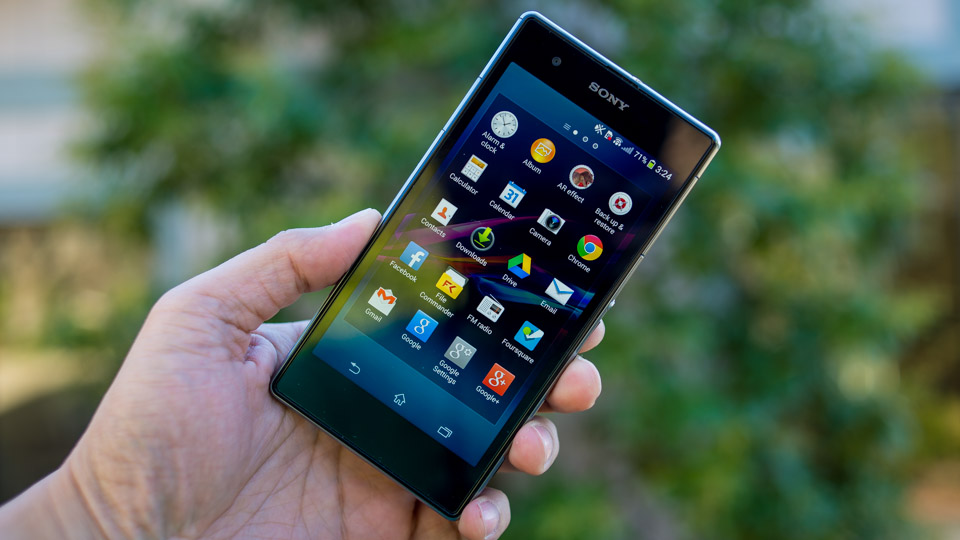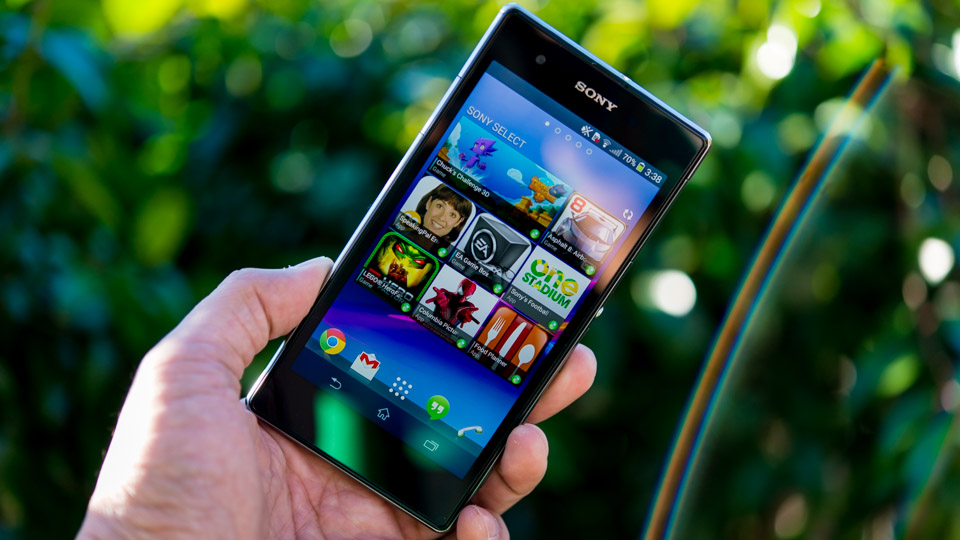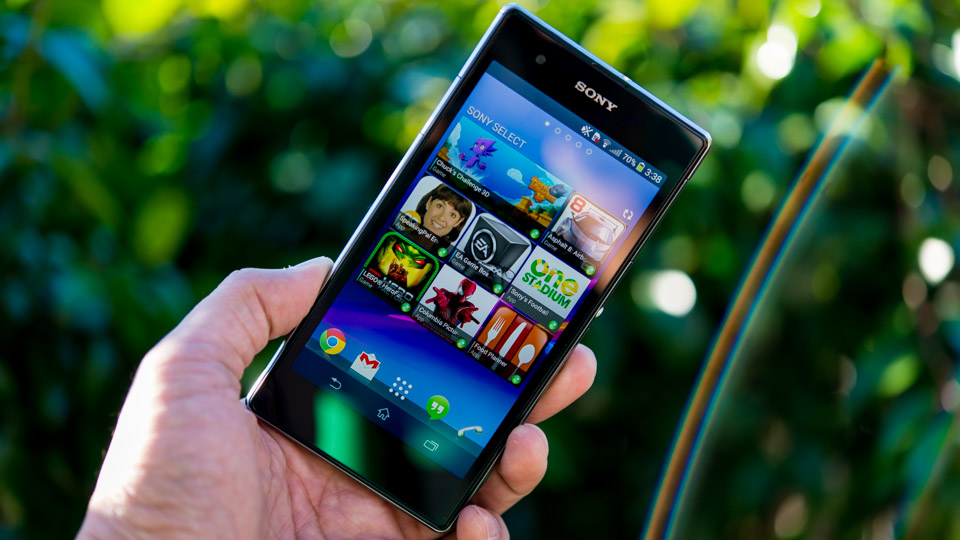Why you can trust TechRadar
The Sony Xperia Z1S runs Android 4.3 Jelly Bean with Sony's custom UI. If you're familiar with Android, you'll feel right at home with this device. Otherwise, if you're new to the platform, you may want to read our Android 4.4 KitKat review as there will be many similarities to 4.3 Jelly Bean.

Upon powering on the phone, after getting through the setup menu, you'll find a lock screen with a few options. You can quickly access the camera by swiping to the right, or swipe to the left to add lock screen shortcuts and widgets.
The home screen starts in the middle, meaning you can swipe either left or right from the main default screen. At the bottom of the display is a customizable dock that stays with you regardless of which home screen you're on.
At the base of the display, below the dock, there is a back, home and app switcher buttons. These will take you back to your previous screen, home or allow you to quickly switch and swipe away or kill apps.
If you've used Android before, you'll find some of the existing widgets, like the Google search bar or music player widget, to be similar to what you'd find on other Android smartphones.
Of course, these are all customizable, too, and all you have to do is press and hold widgets, icons or the display itself to make your device closer to your liking.
By default, a swipe to the left shows you a number of T-Mobile apps and a T-Mobile "MobileLife" widget, which you can customize with news and social network data. One more swipe to the far left and you'll see Sony Select, with custom buttons that take you straight to apps, web pages and more based on what Sony considers to be currently popular.
To the right of the main home screen, you'll find the music player, a widget that lets you flip through your most recent photos and a quick camera widget that can take you straight into select camera modes, such as image stabilization or the augmented reality effect.
The last home screen to the right is empty, and gives you the prompt to add new apps or widgets by pressing and holding down anywhere on that home screen.
Again, the Android experience is meant to be highly customizable, and you can add or remove apps or widgets as you please from the home screen.

Pull down the top bar on the display and you'll see your notification pane, where incoming messages and other alerts, such as app updates, will appear.
In addition to the time and date, there are quick toggle buttons in the notification pane that allows you to turn certain features on and off, like Bluetooth, GPS and Wi-Fi. There is also a shortcut that allows you to go to Settings.
Settings is where you want to be if you're looking to get into more features of the phone, such as power management, storage and Xperia Connectivity.
I could sit here and write an instruction manual on the software and interface, but whether you're a novice smartphone user or an Android veteran, it's best to tinker around and discover your way through the interface yourself.
One reason I recommend doing this is because you're not really going to break anything, and there is no one correct way of handling your Android device. That's the great thing about its customizability, too. There is usually more than one way to get things done on your device, and you eventually find the best way for you and it becomes easy.
